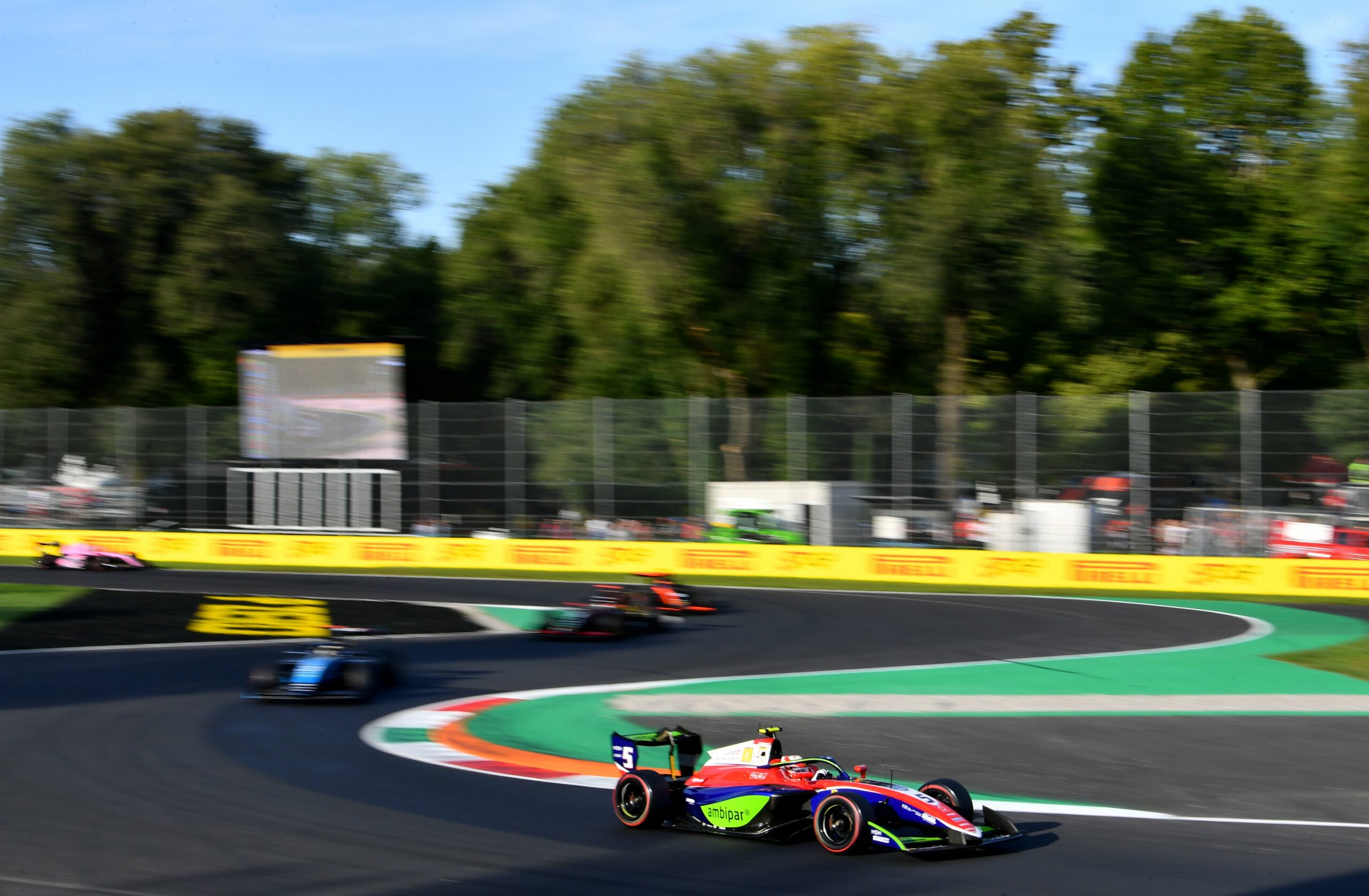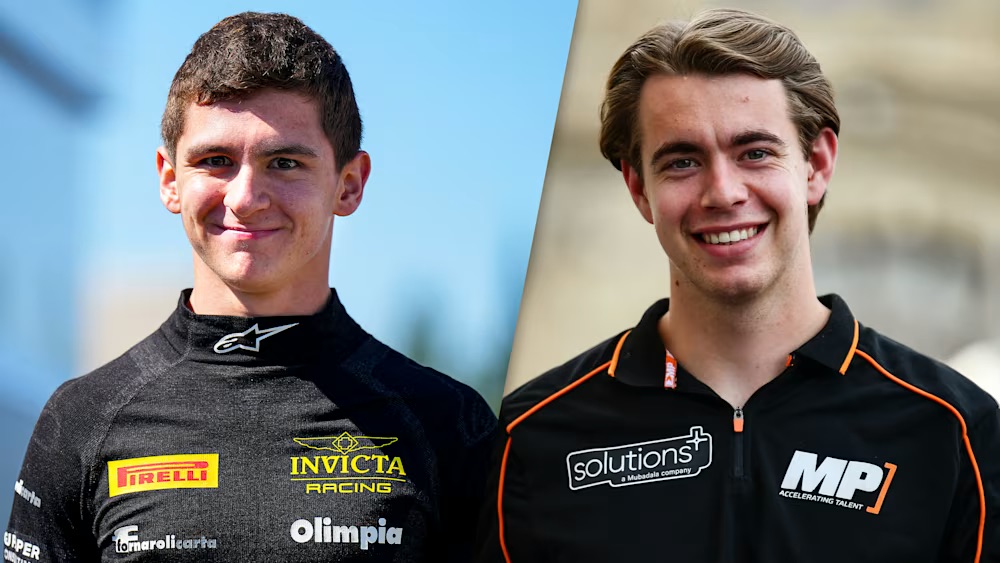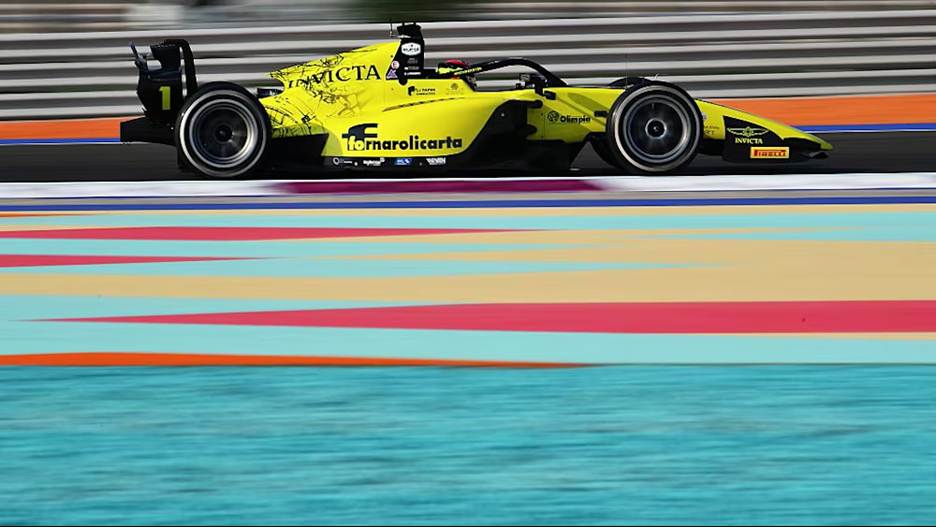At a recent press conference attended by Pit Debrief, Formula 2 and Formula 3 CEO Bruno Michel set out how the new F3 prize fund integrates with a broader financial framework, and then he turned to Formula 2 to clarify what already exists. Michel underscored that the prize in F3 complements long-standing F2 measures, many of which target team costs rather than direct driver support. Consequently, he positioned F2’s support package as structural and enduring, while he also explained why equitable competition requires limits on selective testing. In doing so, he tied the junior ladder together: series-level budgeting help, carefully designed incentives, and fair access principles that preserve sporting integrity.
F2 has long offered a team-focused prize structure
Michel first addressed a common misconception about Formula 2 by explaining that the category already operates a prize mechanism. He stressed continuity from the GP2 era and highlighted that the distribution model prioritises teams so they can manage season costs directly. Therefore, while drivers may not receive a headline payout, teams can pass on savings that reduce financial pressure on seats.
“We’ve been giving a price fund in Formula 2 for a very long time. And that’s maybe something we did not communicate on enough. But Formula 2, since its very beginning in GP2 before, was giving a prize fund. But the prize fund is dedicated more to the teams than to the drivers. And then it’s up to the teams to repercute that on the cost of the season towards the driver.”
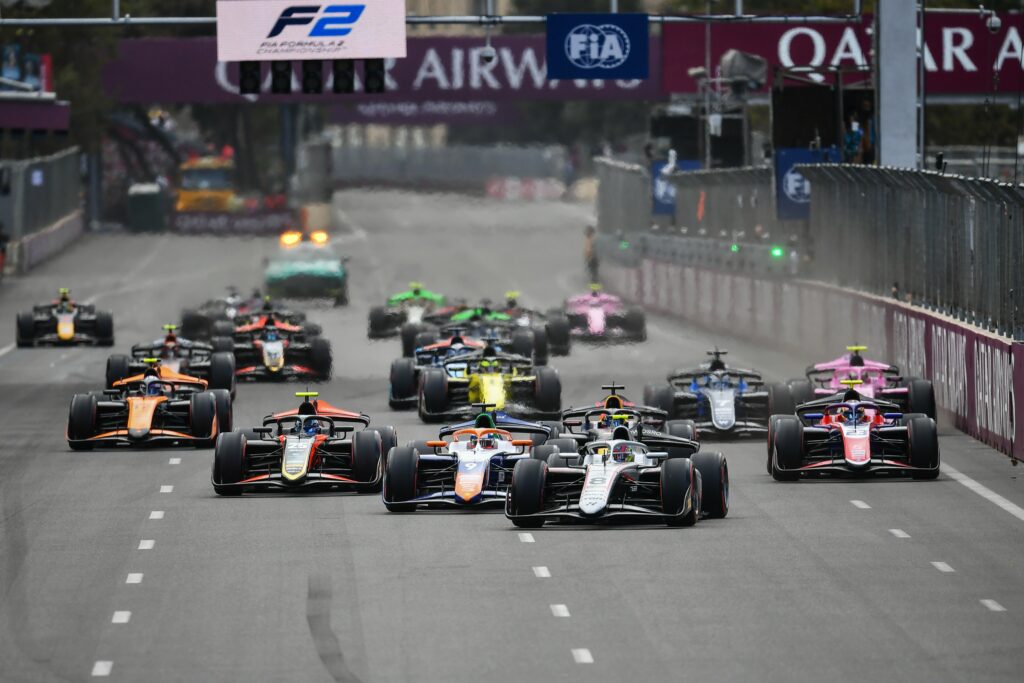
Beyond prizes: freight, fuel, and calendar support
He then broadened the picture by detailing concrete cost-relief measures that sit alongside the prize structure. Specifically, he described how the championship absorbs expensive logistics on flyaway rounds, how a major partnership offsets fuel costs, and how additional payments accompany an expanded calendar. As a result, teams can budget with greater certainty, while drivers benefit indirectly through more sustainable season pricing.
“There are a lot of things we’re doing also to help the teams in Formula 2. When we go on flyaway races, all the freight is on us. Since we have this agreement and the partnership with Aramco, the fuel that is given both for Formula 3 teams and Formula 2 teams is free of charge. We have added up additional money to give to the F2 teams when we increased the number of races in the calendar, because we were at 12 events and now we are 14. So there’s quite a lot of things that is already done. And maybe we did not communicate enough on it. But there’s quite a lot of things that is already done in F2 to help the teams and to be able to get the proper budget.”
Testing incentives: development yes, competitive advantage no
Michel next contrasted how F3 rewards its champion with additional car time for development after the season, while F2 deliberately avoids granting pre-season car access to a single driver. He argued that fairness demands a level starting point; therefore, while F3 champions gain valuable learning in their own category, F2 entrants meet on equal terms once the campaign begins. In parallel, F1 teams naturally provide higher-level mileage through their own programmes, which the junior series does not regulate.
“Well, you know, what we’ve done, which maybe we did not enough communicate on it, is that the winner of Formula 3 is always having a quite extensive testing campaign with us on the F3 car to do additional development after the season is finished. And we already had a couple of tests with Câmara this year, like we had in the past with the winners. So it’s something that we’re doing.”
“On the other hand, I don’t think it would be fair to allow a driver who’s going to compete in Formula 2 to have access to a Formula 2 car where the others don’t before the start of the season. So that’s why we’re not offering this possibility. After between F2 and F1 is a completely different thing, because those drivers, as I said, a lot of them are part of Formula 1 teams, and they are doing FP1 or they are doing a test of former car or they are doing, you know, there are many ways for them to be able to be at the wheel of a Formula 1 car. And the teams are doing that because it’s in their interest. And that’s something that we don’t regulate at all.”
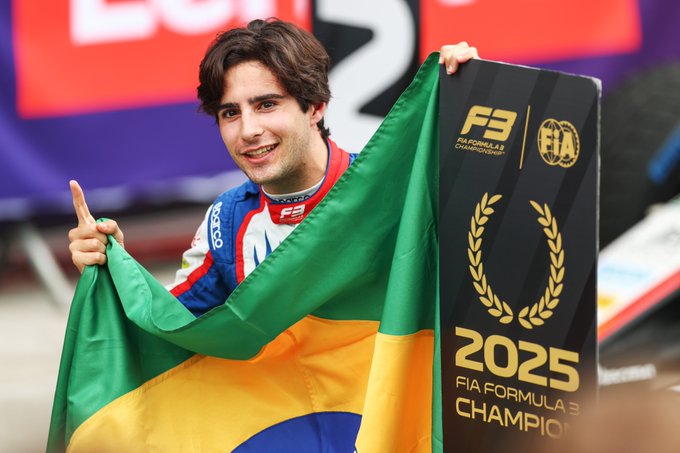
A prize to encourage development
Michel’s roadmap ties the ladder together with clear roles and firm guardrails. Formula 3 deploys a prize to encourage the step up. Formula 2 underwrites teams with a long-standing prize fund, freight coverage, free fuel, and calendar-linked support. Both categories enforce fairness and deny selective pre-season testing advantages. F1 programmes provide mileage that aligns with each team’s interests and development plans.
The structure anchors budgets and reduces volatility. Teams plan with greater certainty, and drivers chase advancement through performance rather than privilege. Organisers hold the F3 grid at 30 cars to protect quality and control costs. They welcome multiple feeder routes, yet they defend the FIA pyramid to keep learning curves consistent. The approach rewards merit and deters shortcuts. F3 champions gain post-season development running without tilting next season’s F2 baseline. F2 entrants meet on equal terms when the lights go out. Sponsors and academies see a transparent pathway and invest with confidence.
Overall, the system balances ambition with equity. The prize accelerates progression, the subsidies stabilise operations, and the testing rules preserve competitive integrity. The ladder advances genuine talent, supports sustainable teams, and points the best drivers toward Formula 1 with credibility intact.

